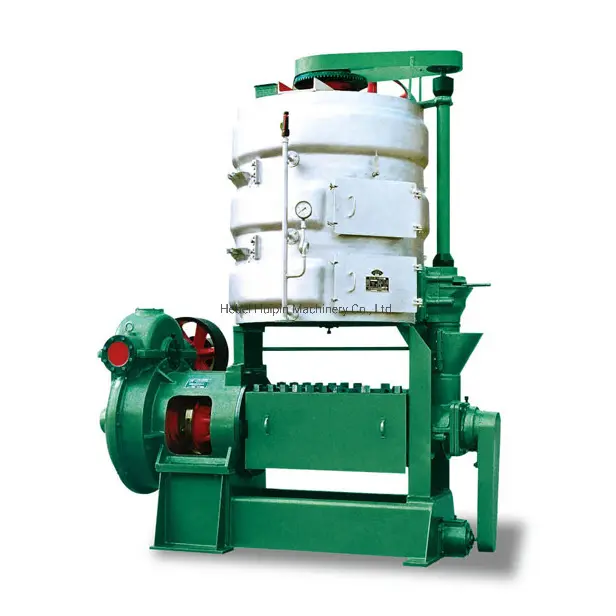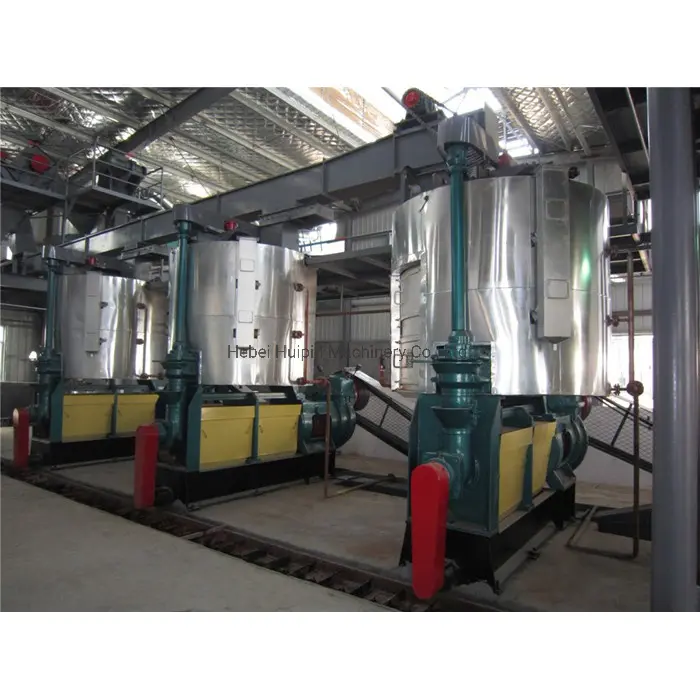Oct . 16, 2025 14:30 Back to list
Popular Commercial Oilseed Crushing Machinery Expeller Press
Field Notes from the Oilseed Floor: What Buyers Really Ask About Expellers
When processors talk shop, they don’t start with buzzwords—they ask who keeps extraction rates high when cottonseed runs damp, or which press handles rapeseed without chewing through screws. That’s why I’ve been watching the Popular Commercial Oilseed Crushing Machinery Oil Expeller Press Machine from Dingzhou, Hebei. It’s a mouthful, I know. But in the last 18 months, mid-size mills have quietly moved toward this style of robust pre-press with sane power draw and parts you can actually source.

Industry pulse: efficiency, traceability, fewer stoppages
The trend line is pretty clear: higher throughput per kW, smarter pre-press + solvent lines, and documented quality. Actually, part of the appeal here is straightforward—fewer gearboxes, good steel in the cage rings, and tolerances that hold up past the break‑in period. Many customers say the maintenance curve flattens after month three.

How it works in the real plant
Process flow (typical): seed cleaning → magnetic separation → cracking/crushing → flaking → conditioning (steam at ≈90–105°C, as needed) → pressing → crude oil filtration → cake to extraction or sale. Compatible materials: soybean, rapeseed/canola, sunflower, groundnut/peanut, cottonseed (decorticated), sesame, camellia. Methods: cold press for boutique lots; hot press or pre-press for solvent plants.
Build notes: pressing screw often nitrided 38CrMoAlA (surface hardness ≈60–65 HRC), cage rings 40Cr alloy; gearbox on standard bearings; shafts tempered for shock loads. Noise hovers around 75–78 dB(A), and energy use in my notes sits near 20–28 kWh per ton (real-world use may vary with moisture and preparation).

Product specs (representative)
| Model | Capacity (t/day) | Power (kW) | Residual Oil in Cake | Pressing Mode |
|---|---|---|---|---|
| ZX-130 Pro | ≈8–12 | 18.5–22 | 6–8% (hot), ≈8–10% (cold) | Cold/Hot/Pre-press |
| ZX-160 Pro | ≈15–25 | 30–37 | 5–7% (hot), ≈8–9% (cold) | Pre-press focus |
Testing and QA: AOCS methods for residual oil and phosphatides; oil meets Codex parameters for named vegetable oils when refined. Factory audits run under ISO 9001; CE marking available. Typical service life: around 7–10 years with scheduled wear-part swaps; critical screws and rings ≈8,000–15,000 operating hours per set, depending on seed abrasiveness.
Where it fits
- Regional mills pre-pressing soy/rapeseed before solvent extraction
- Sunflower and peanut lines targeting premium cold-pressed SKUs
- Co-ops and tollers needing dependable uptime over fancy automation
Origin matters: machined and assembled in Dingzhou City, Hebei Province, China—spare parts availability is surprisingly decent in-season, according to buyers I’ve interviewed.

Vendor lineup (quick compare)
| Vendor | Build & Steel | Warranty | Lead Time | Certs |
|---|---|---|---|---|
| Dingzhou Factory (this model) | 38CrMoAlA screws, 40Cr rings | 12–18 months | ≈20–35 days | ISO 9001, CE |
| Local Trader | Mixed; spec varies | 6–12 months | Stock-dependent | CE (sometimes) |
| Global Brand A | Premium alloys, tighter tolerances | 24 months | ≈60–120 days | ISO 9001, CE |
Customization and options
- Barrel heating jackets, steam conditioning integration
- Food-grade stainless contact parts for sesame/cold lines
- VFD motor control, low-temperature pressing augers
- Third-party inspections (SGS/BV) on request
Quick case snapshots
• Eastern Europe, sunflower pre-press: two units of Popular Commercial Oilseed Crushing Machinery Oil Expeller Press Machine at ≈22 t/day each; residual oil stabilized at 6.4% after operator training; downtime dropped 18% quarter-on-quarter.
• Southeast Asia, peanut cold-press line: one unit of Popular Commercial Oilseed Crushing Machinery Oil Expeller Press Machine with stainless contact kit; peroxide value held well within Codex limits post-refining; customer called out the quieter gearbox—nice touch.

Citations:
1. AOCS Official Methods and Recommended Practices (oilseed and oil quality testing).
2. Codex Alimentarius CXS 210-1999: Standard for Named Vegetable Oils.
3. ISO 9001:2015 Quality management systems – Requirements.
-
Spiral Oil Press: Efficient Oil Extraction Technology for Sustainable Production
NewsNov.24,2025
-
Efficient Spiral Oil Expellers for Sustainable Oil Extraction | OilMill China
NewsNov.24,2025
-
Comprehensive Guide to Screw Physical Oil Expeller Technology & Benefits
NewsNov.23,2025
-
Durable and Efficient Screw Physical Oil Presses for Sustainable Oil Extraction
NewsNov.23,2025
-
Screw Oil Expeller – Efficient, Sustainable Mechanical Oil Extraction Solutions
NewsNov.22,2025
-
Comprehensive Guide to Cold Oil Expeller: Benefits, Uses & Future Trends
NewsNov.22,2025
